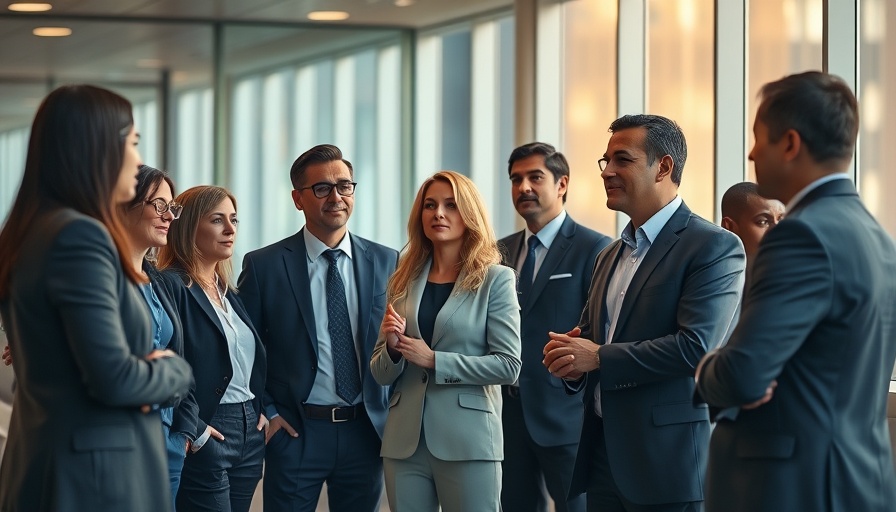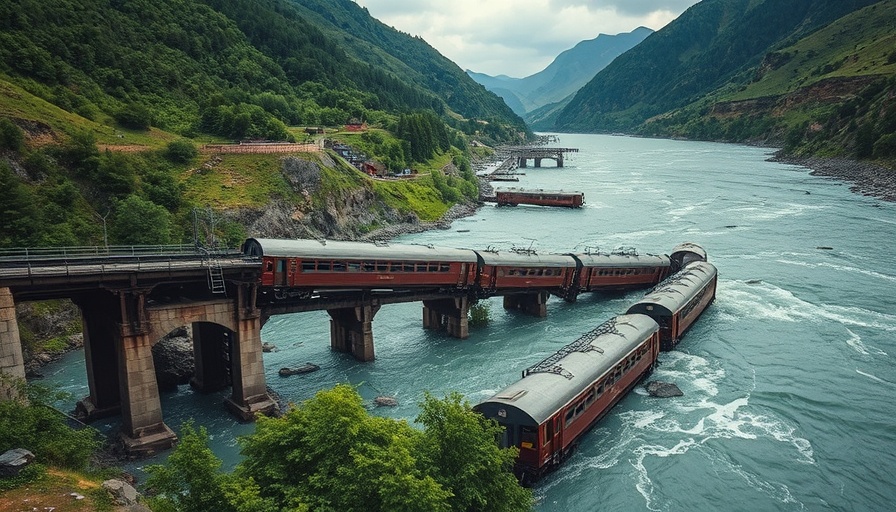
Three Critical Issues Shaping San Diego's Future
As San Diego finds itself at a crossroads, residents are concerned about the financial stability of their city and the services that define their quality of life. This week’s debates among city politicians underscore three significant areas that residents should keep an eye on as they could shape the immediate future of the city.
1. Budget Challenges Ahead: Cuts or Fees?
The city’s budget issues can't be overlooked. Mayor Todd Gloria is at the helm, but as discussions intensify about cutting expenses or finding new revenue sources, the uncertainty looms. Many city Councilmembers are skeptical about the approach the mayor is taking. They believe that reductions should be made in wealthier areas or target middle management—steps that may not garner public favor but are crucial to balancing the budget. It’s predicted that public parks and community services will face the brunt of financial constraints, as they are already in poor condition.
2. Rising Trash Fees: A Symbol of Declining Services
The proposed increase in trash collection fees has sparked outrage among residents who feel the new charges won’t translate into improved services. Mayor Gloria hinted that residents may be forced to accept lower-quality trash collection if they do not pay higher fees. The intention is to put these fees on property tax bills, but Councilmembers are at odds over the proposed amounts. If the fee structure isn’t approved, a compromised service could be on the horizon, requiring the Council to make difficult decisions.
3. Minimum Wage Discussions for the Tourism Sector
The conversation about raising the minimum wage for workers in the tourism sector, which includes hotels and local attractions, remains vibrant. A poll conducted by hotel interests suggests the potential for a referendum should the City Council pursue an increase. However, the specifics are still undecided, and questions persist about the inclusion of various entities, such as the San Diego Zoo or SeaWorld, in this new wage standard. How the city navigates this sensitive issue may reshape the tourism landscape and worker satisfaction in this essential industry.
Looking Ahead: What Does This Mean for San Diego Residents?
The debates surrounding these three issues reflect the struggles and aspirations of those living in San Diego. As the situation progresses, residents are encouraged to stay engaged. It is vital to voice concerns and stay informed on how these decisions may affect their daily lives—from the quality of public services to the livelihoods of workers in the tourism sector.
Feeling the Impact: How Residents Can Respond
This week’s developments are just a glimpse into the broader impacts on the San Diego community. Those affected by fee increases or budget cuts should consider attending City Council meetings, voicing their opinions, and engaging in conversations on social media platforms. By becoming proactive, residents can ensure their voices are heard as these significant changes unfold.
Remember, staying informed is the first step towards advocating for the services and policies that align with your values and needs as a resident of San Diego.
 Add Row
Add Row  Add
Add 




Write A Comment